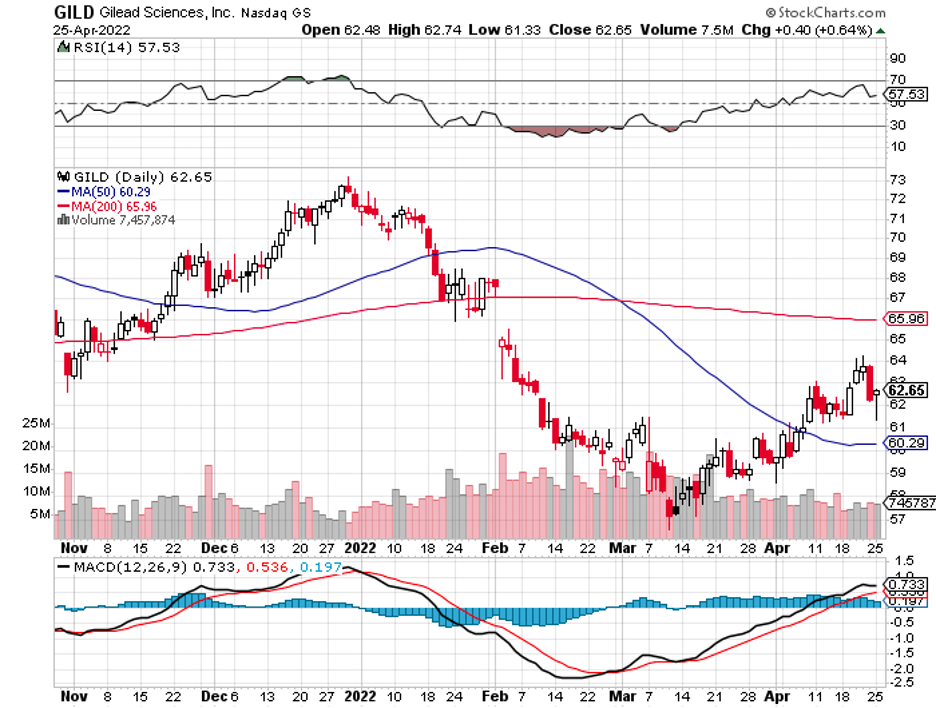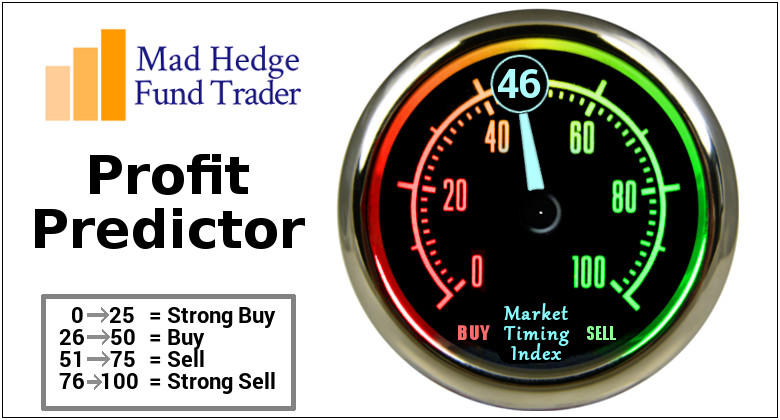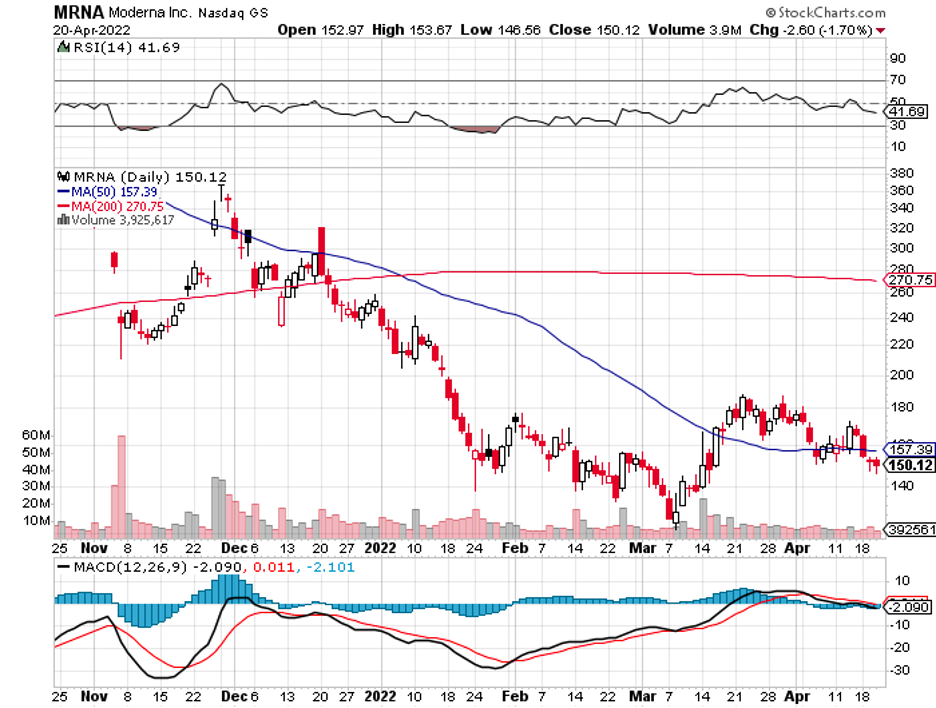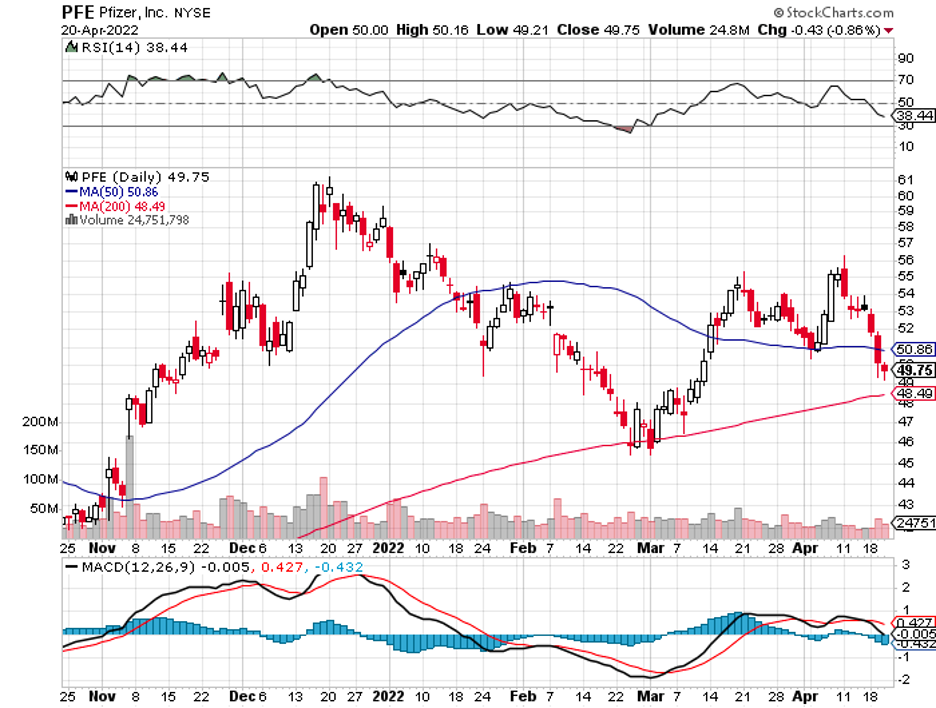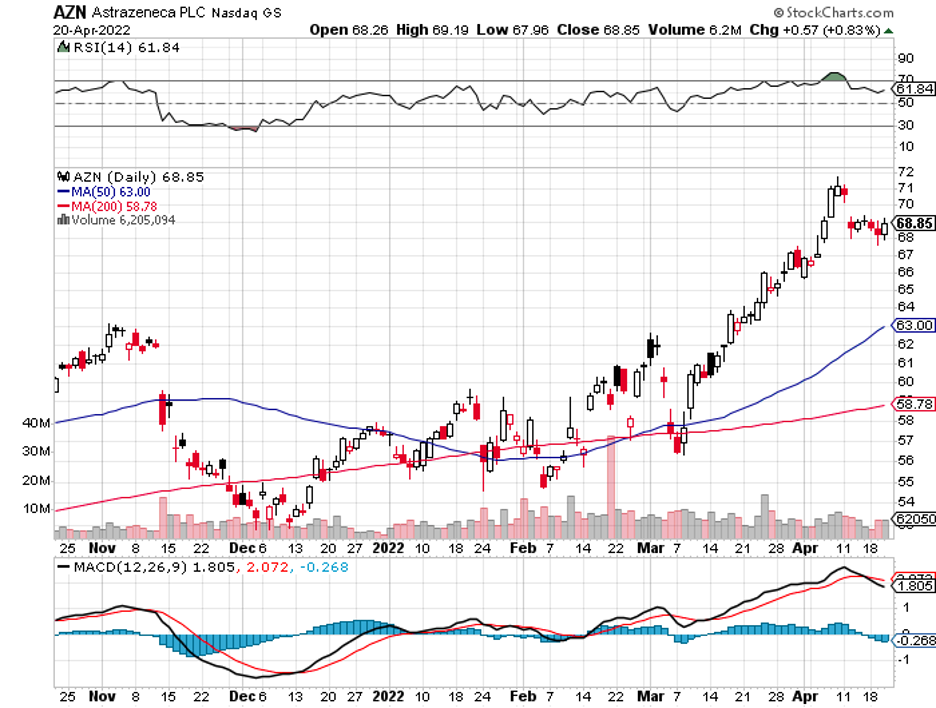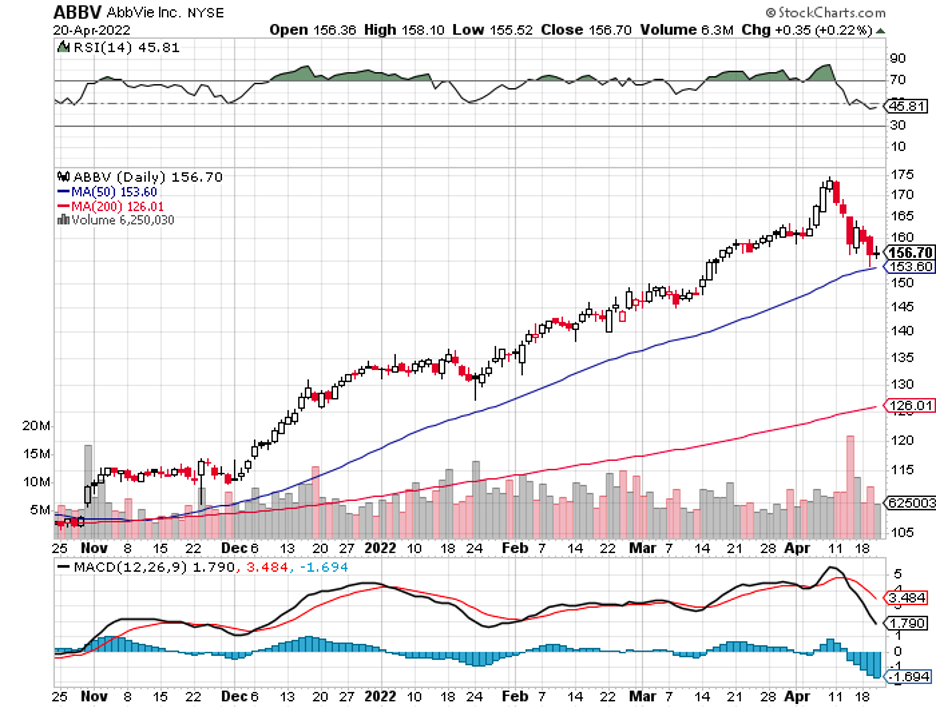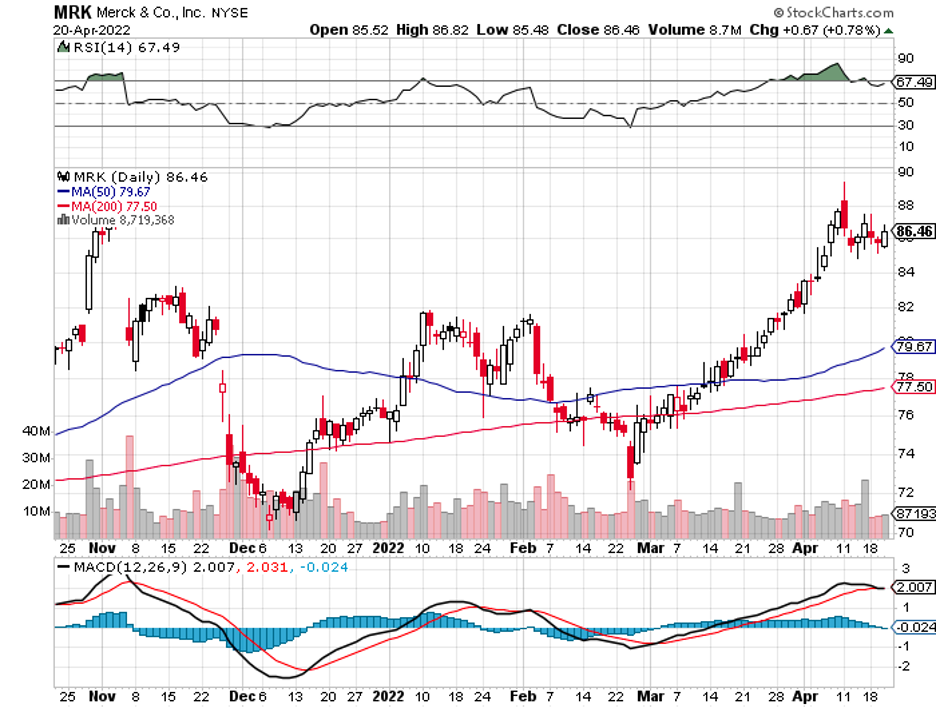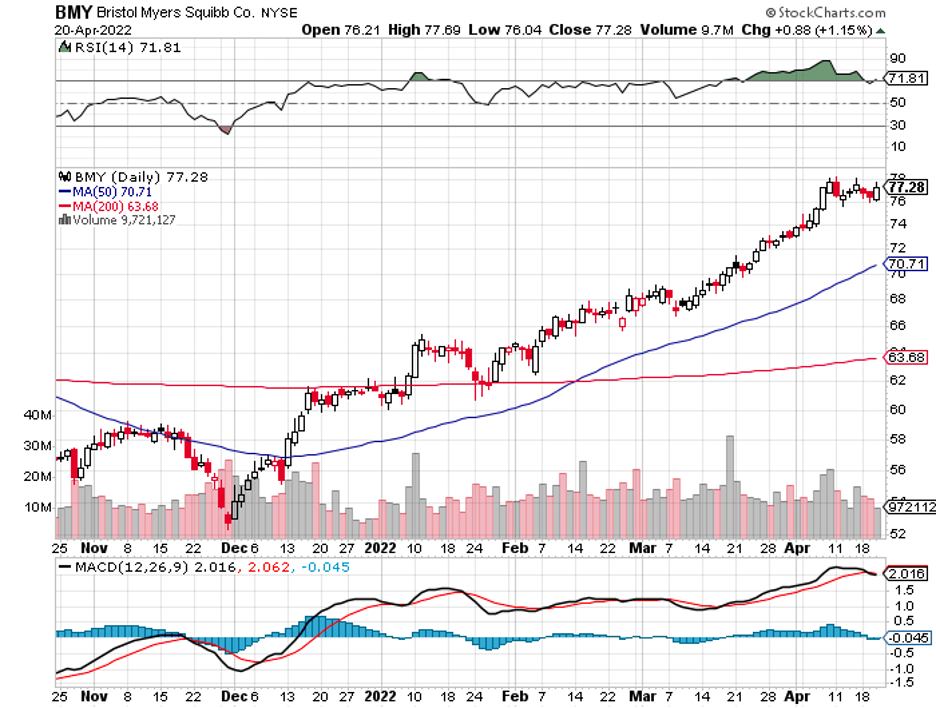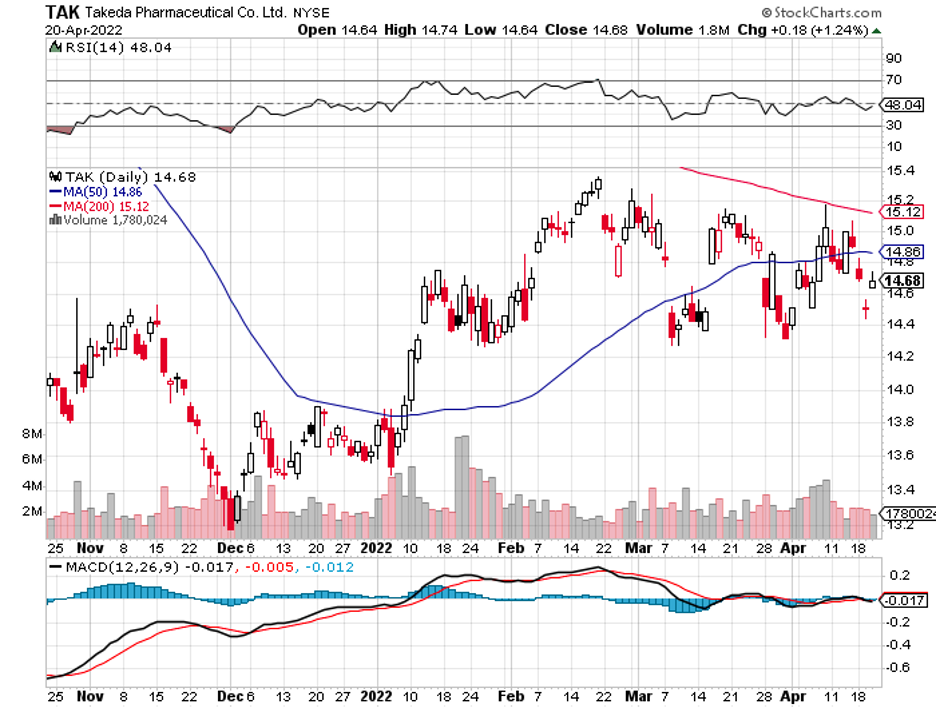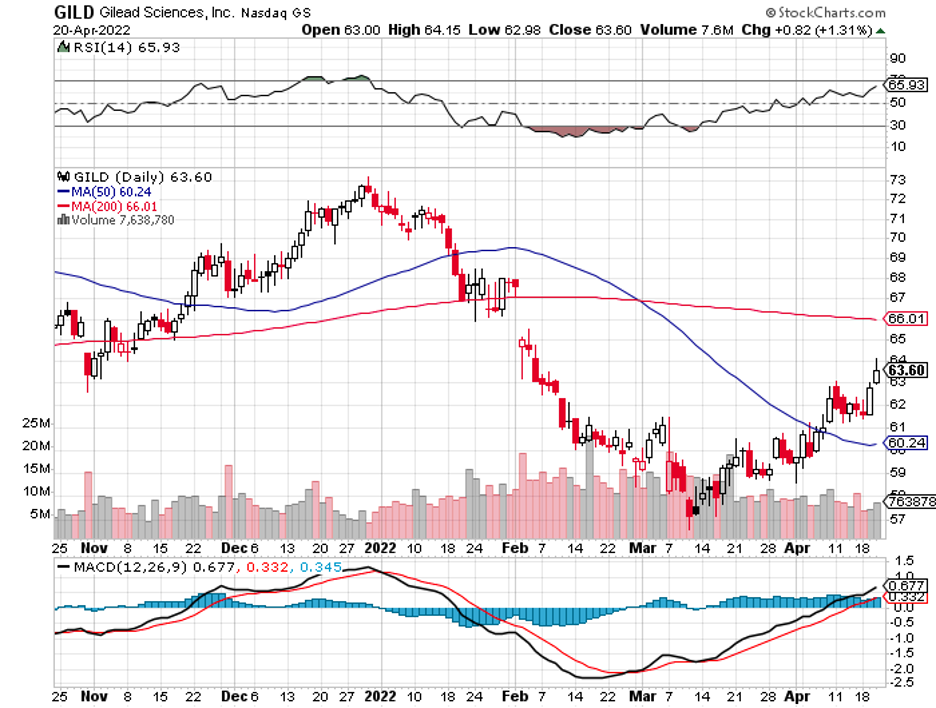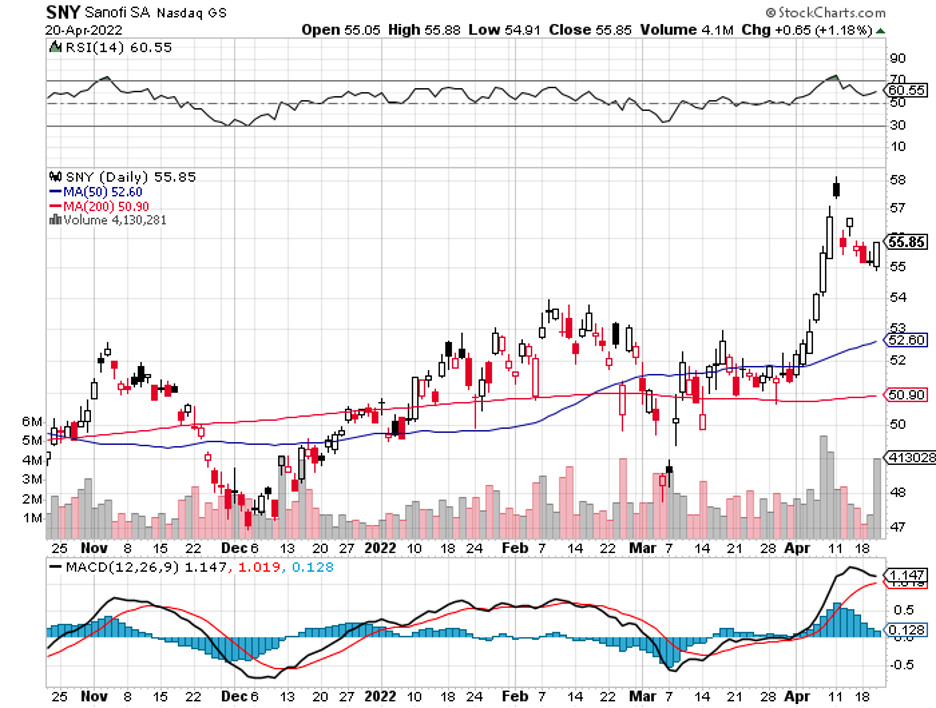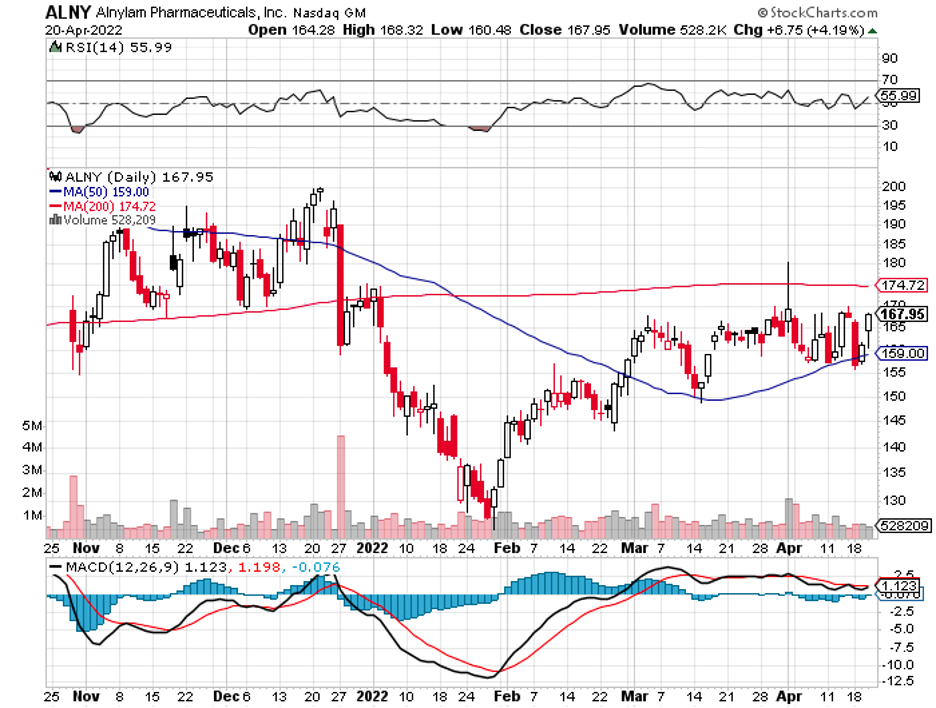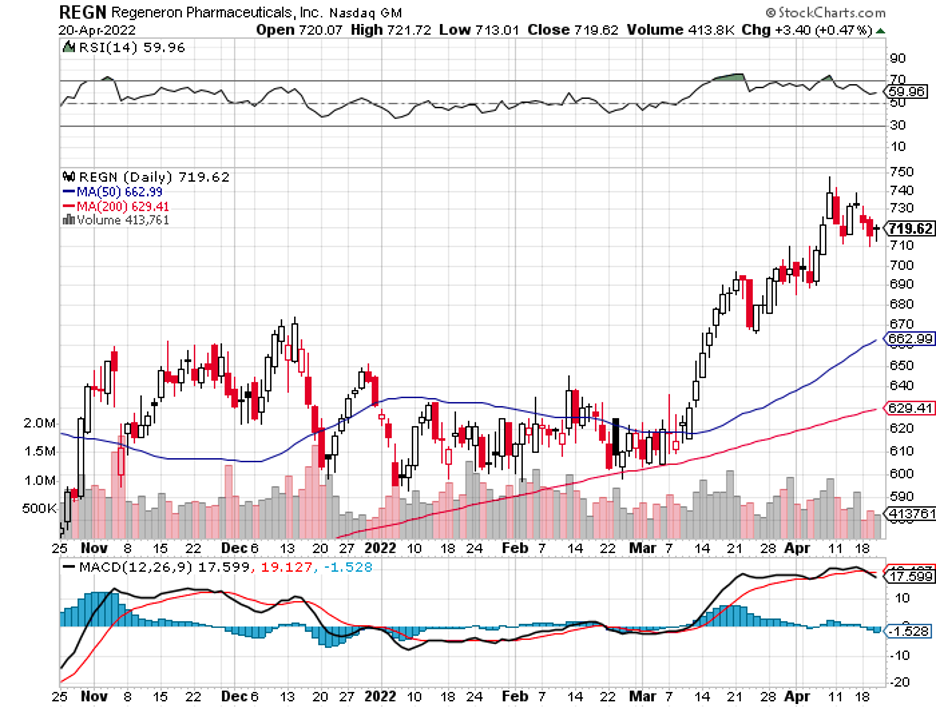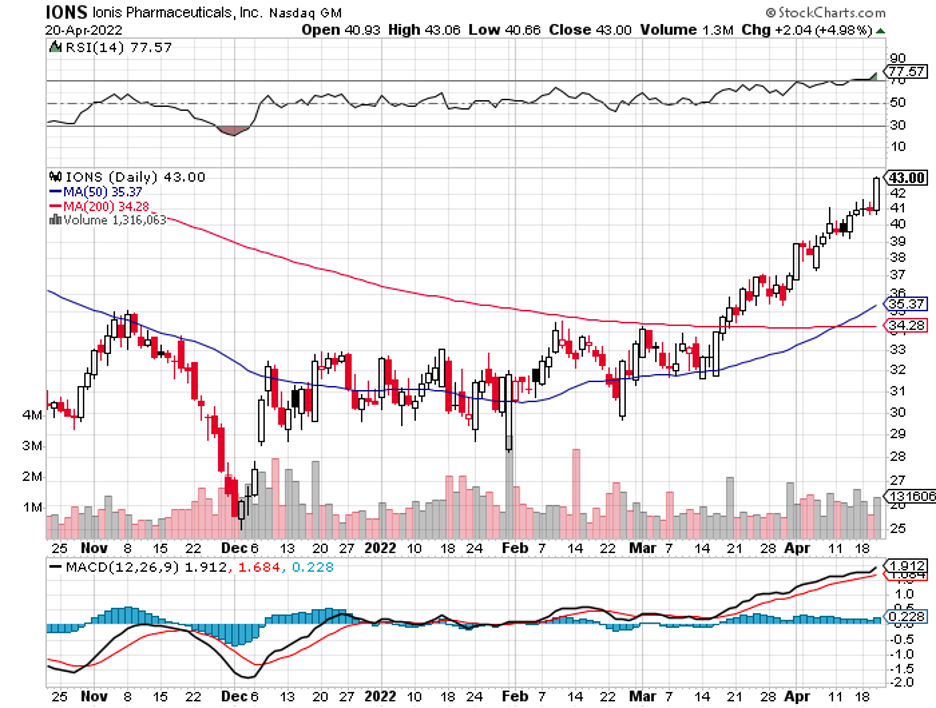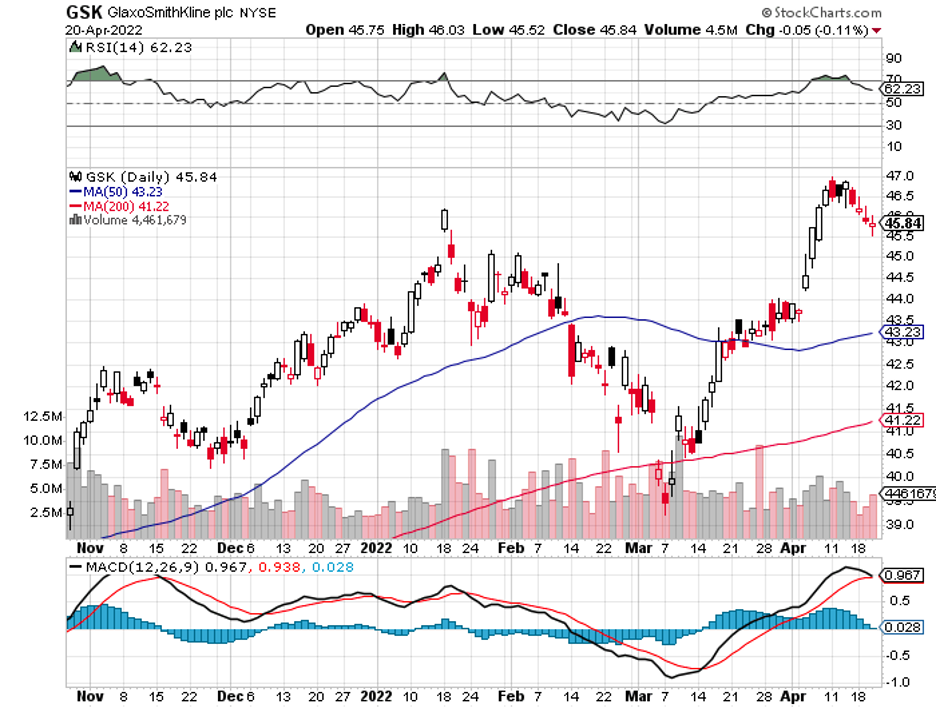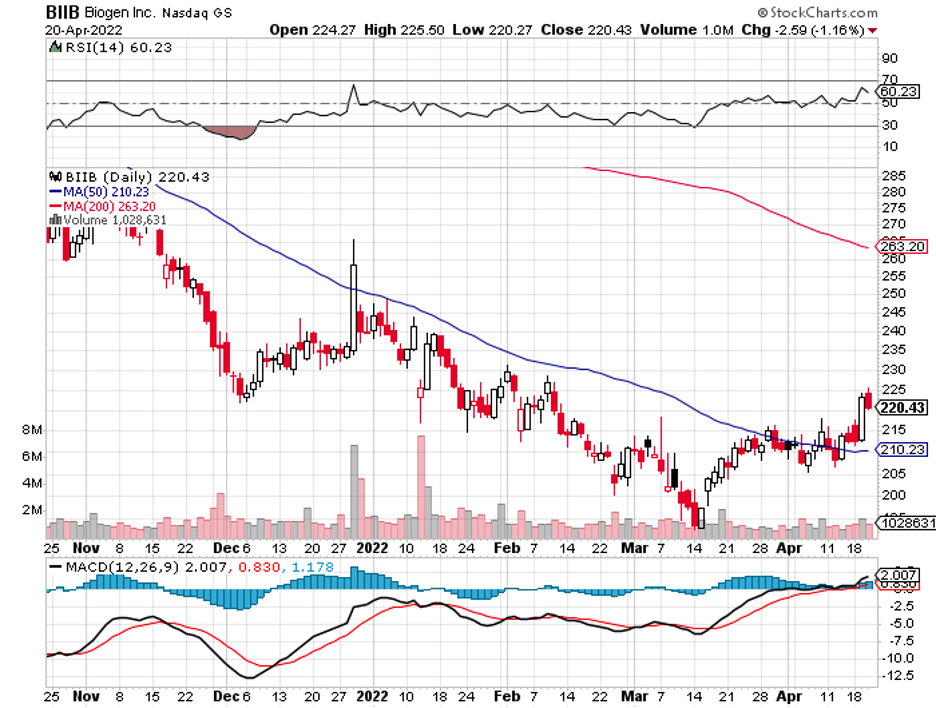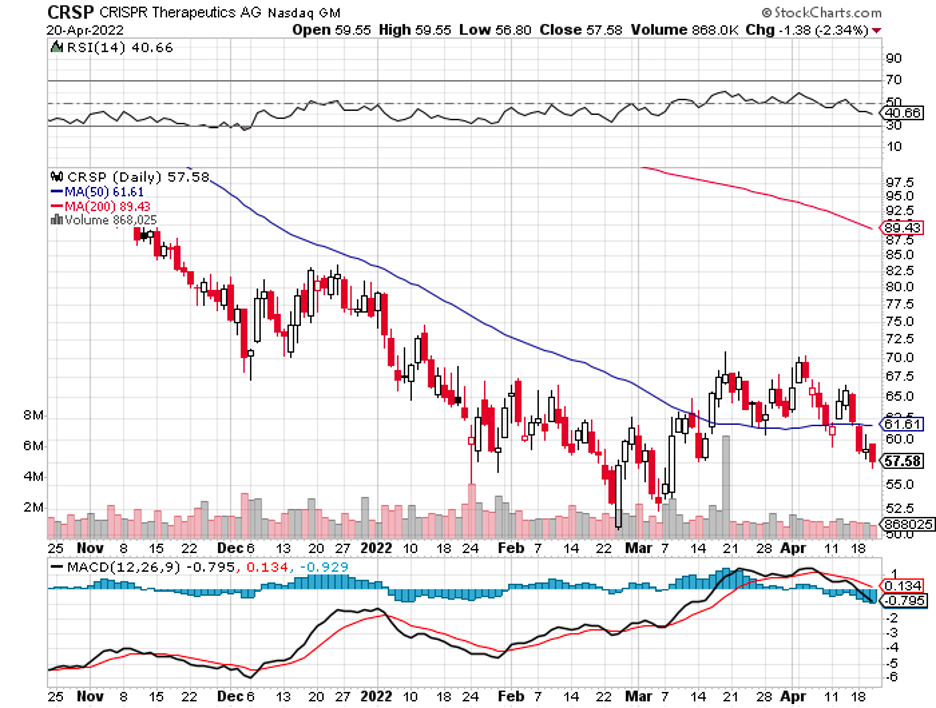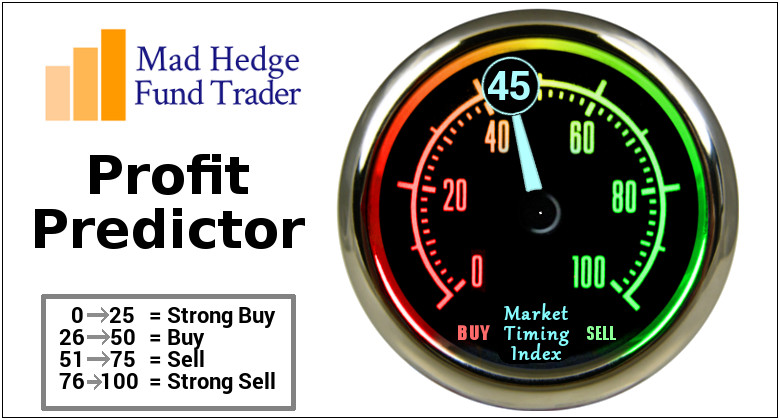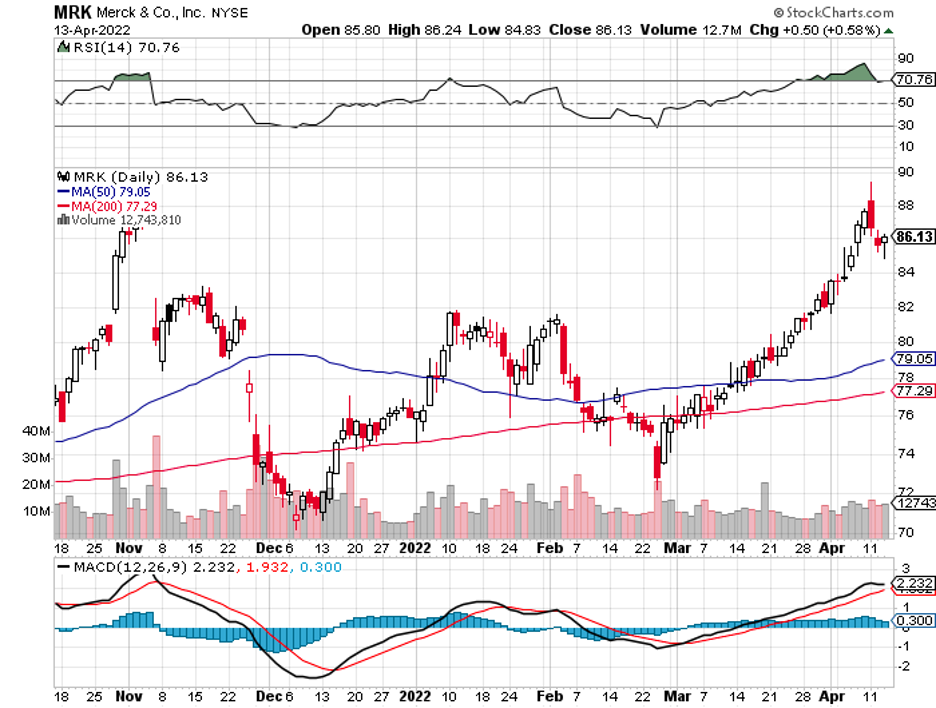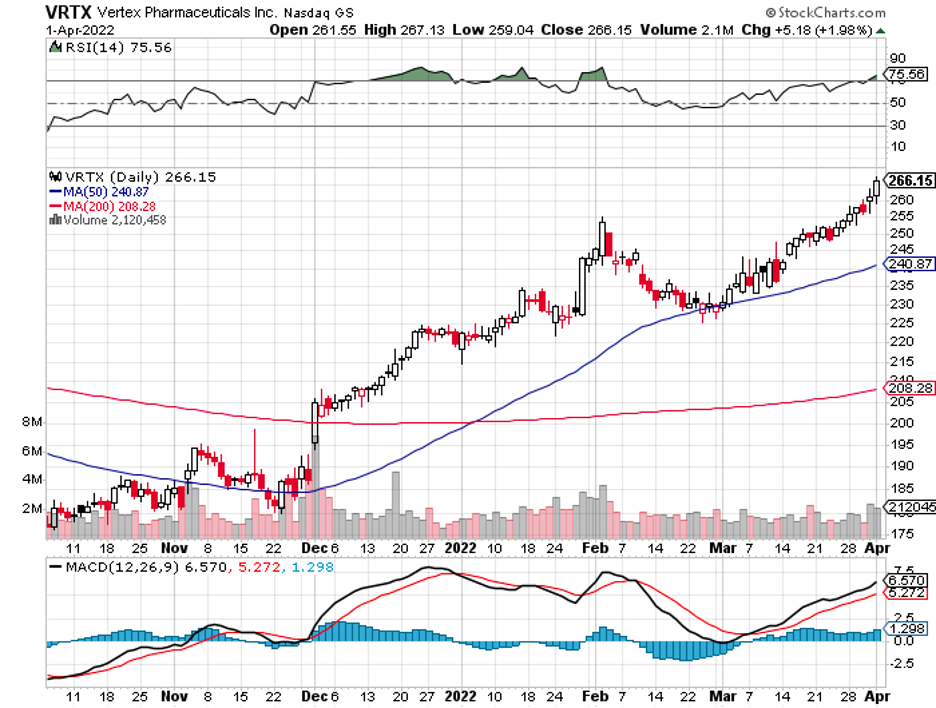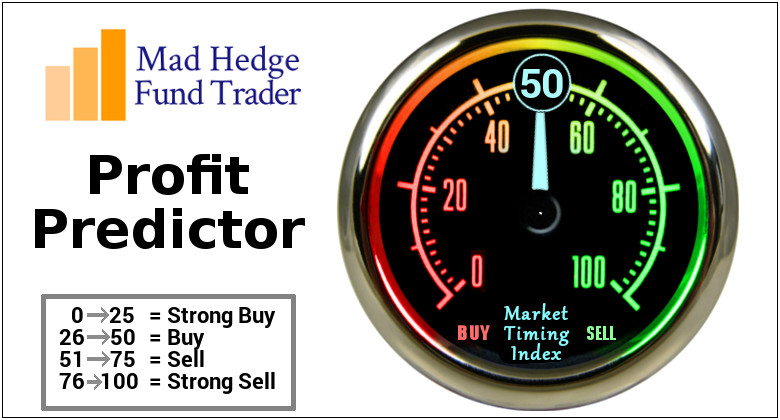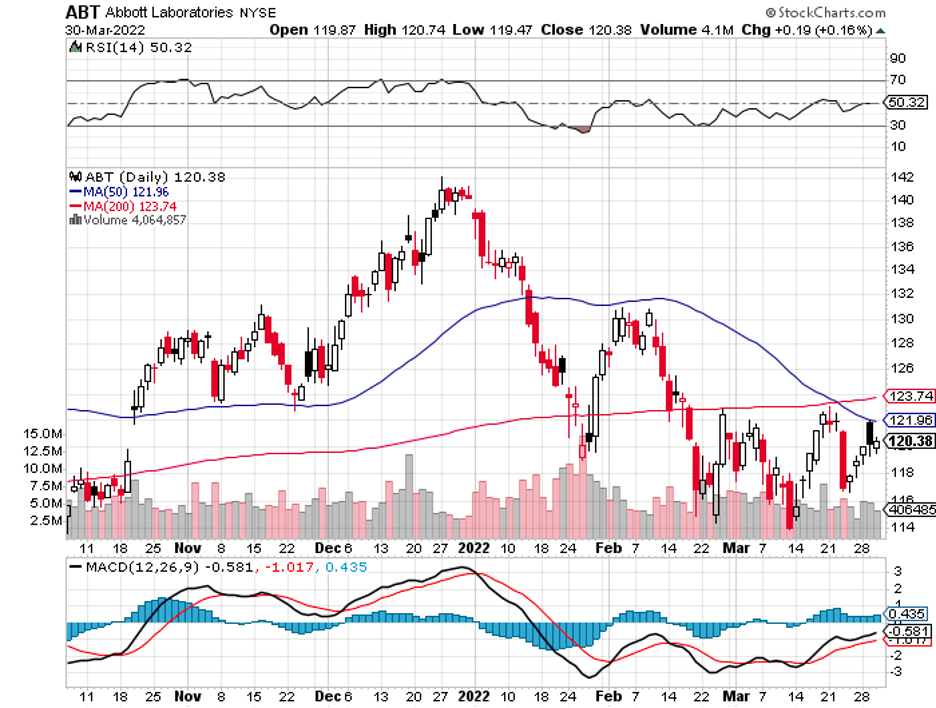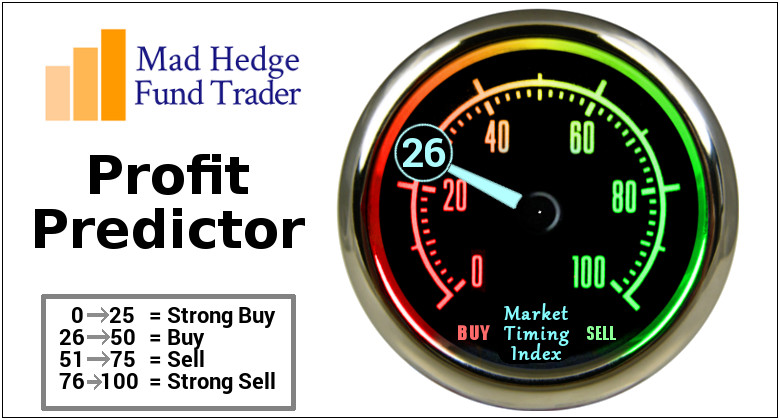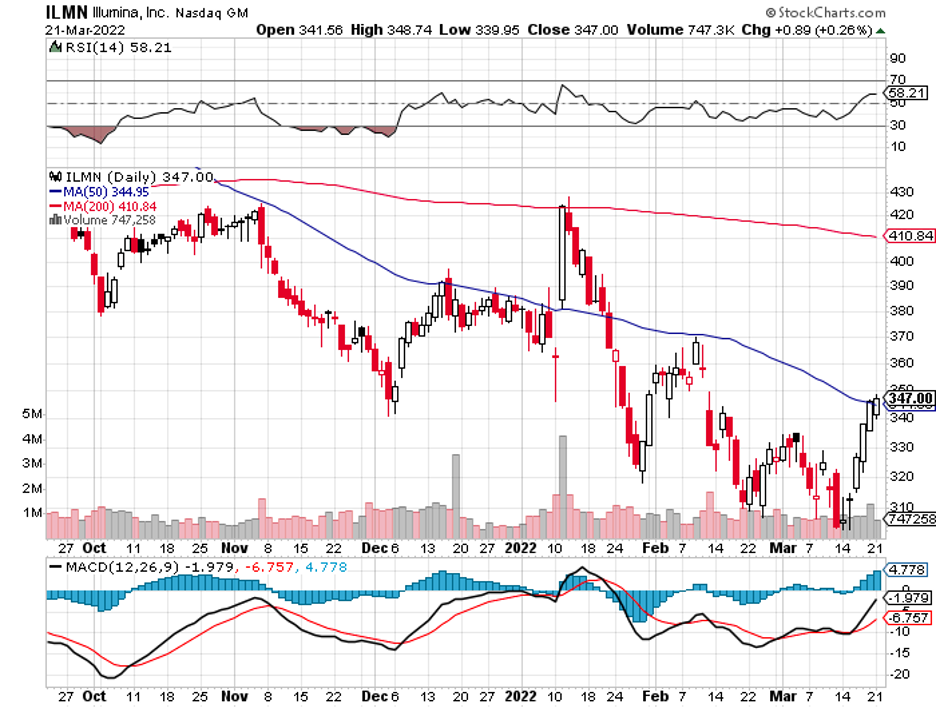Gilead Sciences (GILD) has been primarily ignored by investors who have focused more on other biotechnology and healthcare companies, particularly those that made a significant impact in the fight against COVID-19.
Reviewing the recent performance of its share price, Gilead can be best described as the ugly duckling among the Big Pharma companies in the US.
The lack of significant catalysts in the past months makes Gilead incomparable to the big movers with diversified portfolios in the space, such as Bristol Myers Squib (BMY), Johnson & Johnson (JNJ), and even Merck (MRK).
Nonetheless, I consider Gilead one of the most undervalued biopharmaceutical names in the sector.
Founded in 1987, Gilead started as a biopharma geared toward researching and developing drugs for severe and rare diseases.
Fast forward to today, it now has roughly $80.57 billion in market capitalization.
It is also widely considered the undisputed market leader for HIV treatment, with much of its revenue coming from this segment.
In its 2021 annual report, $16.3 billion of Gilead’s $27.3 billion entire revenue came from its HIV program. That’s approximately 59.7% of the total.
Globally, the market for HIV treatments reached a total of $30.46 billion in 2021.
This translates Gilead’s market share to more than 53% worldwide, with the company producing 6 of the top 10 leading products targeting the disease.
The global HIV market is expected to reflect long-term growth and is projected to reach $45.5 billion by 2028.
If Gilead sustains its market share of over 50%, it can comfortably rake in $23 billion in annual revenue from this segment alone.
While being a leader in a sustainable and stable market is definitely a good thing, Gilead has been working on diversifying its portfolio to avoid becoming too dependent on a single program.
Indicative of this plan was its efforts in 2020 when Gilead went through with 11 acquisitions and partnerships focused on oncology.
This move dramatically boosted its pipeline by 50%, with 10 drugs already queued in Phase 3 clinical trials for cancer treatments.
More importantly, this expansion to the oncology segment has also generated revenue with promising growth figures.
In fact, Gilead’s decision to focus on T-Cell therapies appears to be paying off as the company developed groundbreaking treatments with impressive efficacy rates.
In April 2022, Yescarta received the FDA's green light as the first ever CAR-T cell therapy targeting large b-cell lymphoma (LBCL).
This is an exciting update, with Gilead disclosing that 40.5% of patients who received just a single infusion of Yescarta experienced no disease progression or need for any additional cancer treatment for two years.
This is a 2.5x improvement over the current standard of care rate at 16.3%.
Yescarta’s success also serves as a promising sign for another oncology treatment, Tecartus, which targets mantle cell lymphoma (MCL).
Yescarta and Tecartus are indubitably great lucrative revenue streams in sales growth and market sizes.
The MCL market is estimated to be roughly $7 billion this year, with an annual growth rate of 7% through 2027.
In 2021, Tecartus generated $276 million in sales, accounting for 2.5% of the market share.
While that may not be an eye-popping figure, the number is actually up by 68% year-over-year, which means Gilead is slowly absorbing more and more of the MCL market share.
Notably, MCL is also quite rare, affecting only 0.5 individuals out of 100,000.
Given the figures, though, Tecartus is still well on its way to contributing more than $1 billion in sales in the following years.
Meanwhile, Yescarta offers a more promising growth story since the LBCL segment is practically 14x the size of the MCL space, as it affects 7 out of 100,000 people annually.
In 2022, the LBCL market is projected to reach $4.3 billion, with a CAGR growth rate of 15% from this year to 2030. In 2021, Yescarta raked in $695 million in sales, showing off a 41% increase year-over-year and taking over roughly 16.2% of the market share.
Given the present growth rates of both Yescarta and the LBCL market, it’s feasible for Gilead to capture at least 50% of the market by 2027.
Another notable oncology asset is Trodelvy, a metastatic triple-negative breast cancer (MTNBC) and metastatic urothelial cancer (MUC) treatment.
Like Yescarta and Tecartus, this is another potential blockbuster.
For 2022, the MTNBC market is estimated to be approximately $606 million, while the MUC market is at $1.189 billion. The growth rates for these are 4.7% and 17.9%, respectively.
In 2021, Trodelvy captured 21% of the market share with $380 million in revenue.
However, what’s more promising is that this figure indicates an 84% increase year-over-year, which shows the massive potential of Trodelvy and its ability to become a billion-dollar revenue stream in under two years quickly.
Although Gilead still has a number of therapies and drugs in the works, Tecartus, Yescarta, and Trodelvy are the frontrunners in becoming blockbusters within the next five years.
This should give the company some time to develop more treatments to boost and diversify its portfolio.
The biopharma industry is highly competitive, but Gilead appears to be healthy and attractive.
While the company continues to focus on growing its HIV segment, what makes it promising these days is expanding its oncology program, particularly its revolutionary T-Cell therapies.
Admittedly, Gilead is not as exciting as the other names on the Big Pharma list. However, its slow and steady approach to dominating massive and lucrative markets looks like an excellent winning strategy.

